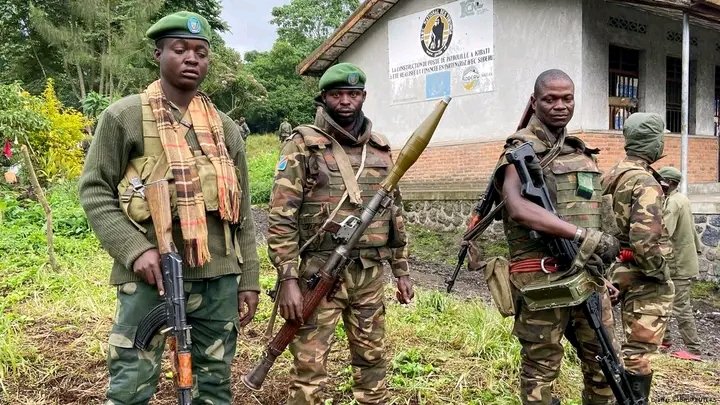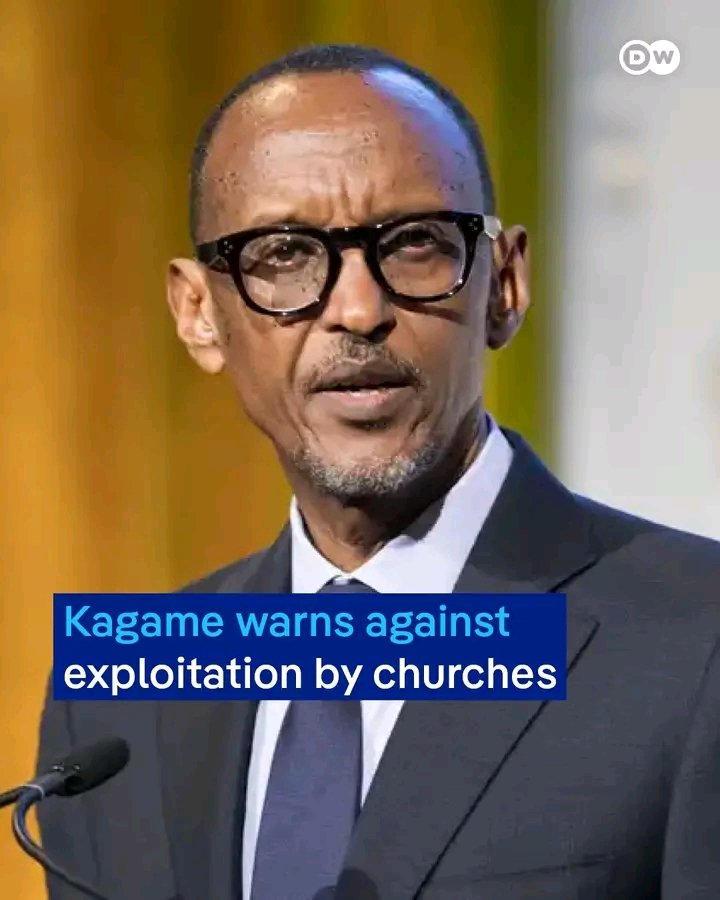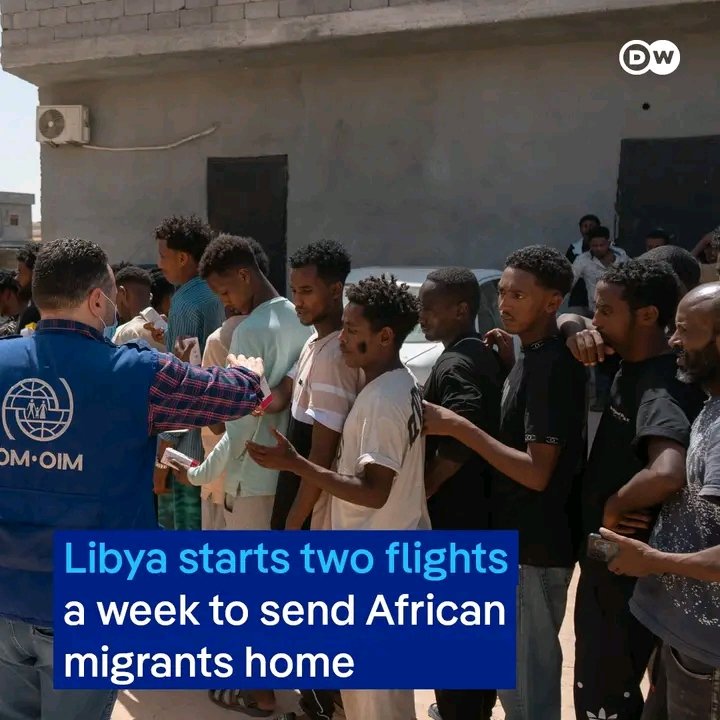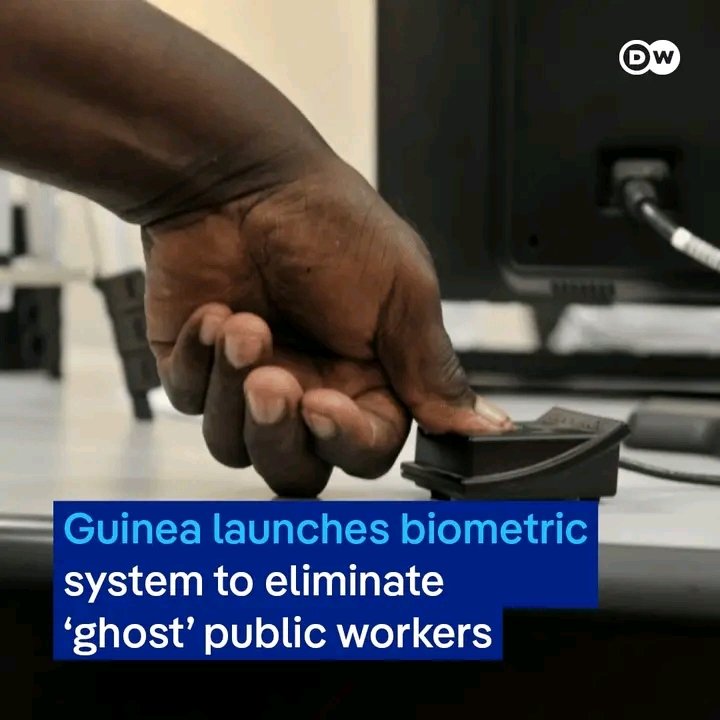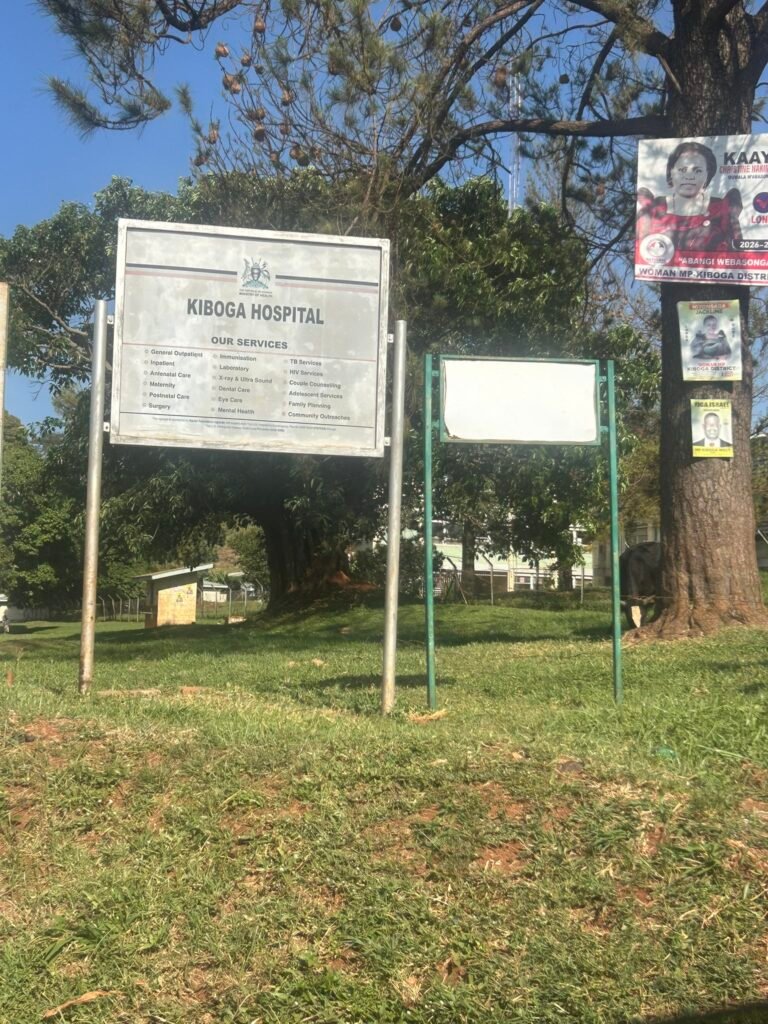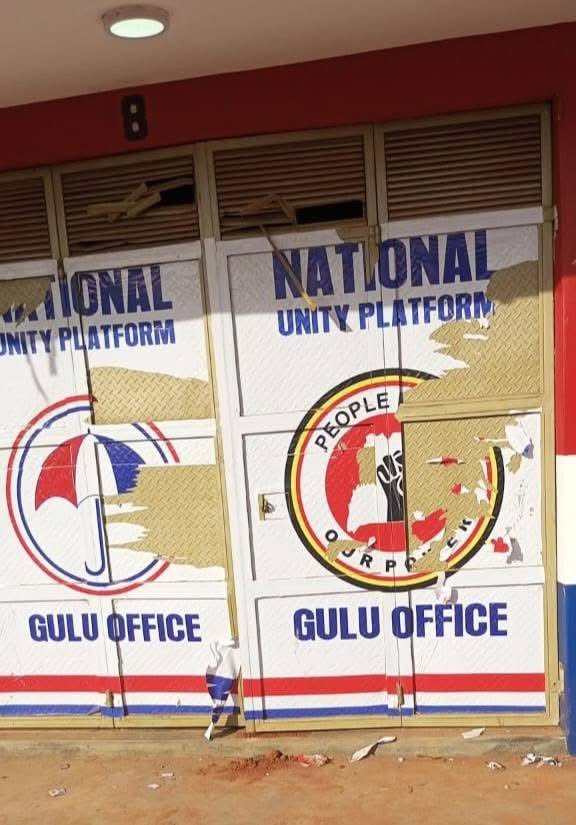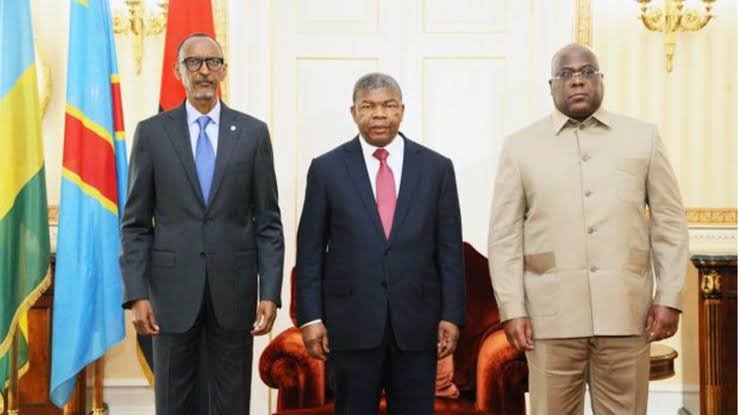
A Fragile Peace: Examining the Washington and Doha Agreements
September 1, 2025 – The Democratic Republic of Congo stands at a critical juncture in its decades-long cycle of violence as competing narratives emerge about compliance with recent peace agreements. The Washington Peace Accord signed June 27, 2025, between the DRC and Rwanda, and the subsequent Doha Declaration of Principles between the DRC government and M23 rebels on July 19, 2025, represented the most significant diplomatic breakthroughs in years toward ending the devastating conflict in eastern DRC. However, with missed deadlines for a final peace agreement and accusations of ceasefire violations from all sides, the path to sustainable peace remains fraught with challenges.
The complex situation involves multiple actors with competing interests: President Félix Tshisekedi’s government in Kinshasa, the Rwanda-backed M23 rebel group, regional powers, and international mediators including the United States and Qatar. At stake is the stability of a region rich in mineral resources where decades of conflict have created one of the world’s most severe humanitarian crises with over 7 million people displaced .
The Washington Agreement: A Framework for Regional Stability
The Peace Agreement between the Democratic Republic of the Congo and the Republic of Rwanda, brokered by the United States and signed in Washington D.C. on June 27, 2025, addressed several core issues driving the conflict:
· Mutual respect for sovereignty and territorial integrity between DRC and Rwanda
· Disengagement, disarmament, and integration of non-state armed groups
· Establishment of a Joint Security Coordination Mechanism within 30 days
· Creation of a Regional Economic Integration Framework within 90 days
· Cessation of support for armed groups opposing either government
The agreement specifically called for Rwanda to end support for M23 and for the DRC to cease support for the Democratic Forces for the Liberation of Rwanda (FDLR), a Hutu militia group including elements that participated in the 1994 Rwandan genocide. The economic component of the agreement envisioned partnership with “U.S. government and U.S. investors” to develop transparent mineral supply chains, linking both countries’ economies .
Table: Key Provisions of the Washington Peace Agreement
Provision Timeline Status as of September 1, 2025
Joint Security Coordination Mechanism 30 days after signing Initial meeting held July 31
Regional Economic Integration Framework 90 days after signing Due September 25, 2025
Rwandan troop withdrawal from DRC 90 days after signing Ongoing process
FDLR neutralization Phased implementation Ongoing process
The Doha Declaration: Bridging the Government-Rebel Divide
Building on the Washington Accord, the July 19, 2025 Declaration of Principles between the DRC government and the Congo River Alliance/March 23 Movement (AFC/M23) represented a significant step toward direct engagement between the warring parties. Mediated by Qatar and supported by the United States, the declaration committed both sides to:
· Prioritize peaceful means of conflict resolution
· Establish a ceasefire and cessation of hostilities
· Create a joint mechanism for implementation
· Facilitate voluntary return of displaced persons
· Encourage inclusive dialogue on root causes of conflict
The Doha Declaration set August 18, 2025, as the deadline for a final peace agreement, a date that has passed without a comprehensive deal. UN Secretary-General António Guterres welcomed the declaration, stating it “opens a pathway towards lasting peace, security, and the return of displaced persons” .
Rwanda officially welcomed the Doha Declaration, stating it “appreciates the crucial mediation role of the State of Qatar with the support of the United States Government” . This endorsement was significant given Rwanda’s alleged backing of M23, which it continues to deny despite reports from UN experts that Rwanda’s army is in “de facto control” of the group .
Implementation Challenges and Ceasefire Violations
Despite the diplomatic progress, the situation on the ground remains volatile with repeated allegations of ceasefire violations from all sides:
M23 Accusations Against DRC Forces M23 spokespersons have repeatedly accused Congolese forces of violating the ceasefire.Lawrence Kanyuka, M23 spokesperson, alleged in July that DRC forces had attacked civilians in South Kivu using drones and heavy artillery. These claims align with broader M23 assertions that the DRC government has not acted in good faith regarding implementation of peace agreements .
DRC Accusations Against M23 The Congolese army has conversely accused M23 of”incessant attacks” in North and South Kivu, describing them as violations of both the Washington and Doha agreements. Human rights organizations have documented significant abuses attributed to M23, including arbitrary arrests and recruitment of minors. In late June, M23 allegedly abducted more than 300 youths, including minors, from Rubaya in Masisi territory, North Kivu .
Civilian Impact The UN has reported hundreds of civilian deaths despite the ceasefire declarations.Between July 9 and 21, 2025, the UN documented 319 civilian deaths attributed to M23 and Rwandan forces in North Kivu alone. Humanitarian organizations note that little has changed for vulnerable populations on the ground, with ongoing violence severely limiting access to aid for those facing acute food insecurity .
Table: Humanitarian Impact of the Conflict (2025 Data)
Indicator Number Source
Internally displaced people in DRC 7+ million
Displaced in North and South Kivu 3.8 million
Facing acute food insecurity 25.6 million
Refugees to neighboring countries since January 2025 100,000+
Civilian deaths in North Kivu (July 9-21, 2025) 319
Regional Dynamics and International Involvement
The conflict’s complexity is heightened by the involvement of multiple regional and international actors with sometimes competing interests:
Rwanda’s Role Despite consistent denials,Rwanda faces continued allegations of supporting M23 with troops and ammunition. UN experts have reported between 3,000-4,000 Rwandan government troops operating with M23 in eastern DRC as of July 2024 . Rwanda justifies its security concerns by pointing to the presence of FDLR elements in eastern DRC that continue to threaten Rwandan security.
International Mediation The United States and Qatar have emerged as primary mediators in the conflict.U.S. involvement reportedly followed a letter from President Tshisekedi to President Trump offering access to DRC’s critical minerals in exchange for security assistance . Qatar’s mediation aligns with its broader foreign policy goal of positioning itself as a global conflict mediator.
Regional Forces Regional organizations including the African Union,Southern African Development Community (SADC), and East African Community (EAC) have attempted to facilitate solutions. The SADC mission in DRC (SAMIDRC) had a mandate to fight rebels but was approved for “phased withdrawal” in March 2025, seen as a blow to Tshisekedi’s government .
Economic Dimensions: The Resource Factor
Eastern DRC’s mineral wealth, including coltan, tantalum, and other critical minerals essential for electronics and green technology, forms an important backdrop to the conflict. M23 controls significant mining areas, generating substantial revenue from taxation of mineral production and trade. The UN estimated that M23 was making approximately $800,000 monthly from taxes on coltan production and trade in Rubaya alone .
The Washington Agreement specifically addressed economic integration, envisioning partnership with U.S. investors to develop “transparent, formalized end-to-end mineral value chains” that would benefit both DRC and Rwanda . This economic component represents both an incentive for peace and a potential point of contention regarding resource sovereignty.
Prospects for Peace: Scenarios and Implications
As September begins, several potential scenarios emerge for the future of the peace process:
- Negotiated Settlement If parties can overcome current obstacles,the existing agreements provide a framework for comprehensive peace. This would require compromise from all sides, including M23 acceptance of some form of integration rather than full autonomy, and DRC government willingness to address M23 grievances regarding protection of Congolese Tutsis.
- Prolonged Stalemate The current situation of ongoing low-level violence while talks continue represents a likely short-term scenario.This would maintain humanitarian suffering but might eventually create conditions for compromise through exhaustion of combatants.
- Escalation The risk of renewed large-scale fighting remains significant.M23’s strengthened military position controlling Goma and Bukavu provides leverage but also incentive for further advancement if political solutions stall .
The coming weeks will be critical in determining which path prevails. The scheduled meeting of the Joint Oversight Committee established by the Washington Agreement provides a mechanism for addressing implementation disputes, but its effectiveness depends on political will from all parties .
Conclusion: A Critical Juncture
The complex situation in DRC represents more than just a domestic conflict—it involves regional power dynamics, international economic interests, and competing visions of security and governance. The Washington and Doha agreements represented the most promising diplomatic breakthroughs in years, but their implementation remains uncertain amid mutual accusations of bad faith and ceasefire violations.
What remains clear is the devastating human cost of the ongoing violence. With over 7 million displaced, nearly a quarter of the population facing acute food insecurity, and continued human rights abuses, the need for sustainable peace has never been more urgent . The coming weeks will test whether diplomatic channels can overcome deep-seated distrust and competing interests to deliver a peace that has eluded eastern DRC for decades.
As a Congolese analyst noted, “Kinshasa’s position of dialogue is understandable because it finds itself stuck, thinking that the rebel alliance must not reach a critical threshold” . This statement captures the delicate balance of power and perception that will determine whether the current peace process succeeds or joins previous failed initiatives in the DRC’s tragic history of conflict.


